Patuxai
Patuxai (Lao: ປະຕູໄຊ; literally Victory Gate or Gate of Triumph, formerly the Anousavary or Anosavari Monument, known by the French as Monument Aux Morts) is a war monument in Downtown Vientiane, Laos, built between 1957 and 1968. The Patuxai was dedicated to those who fought in the struggle for independence from France. In romanizing the name from the Laotian language, it is variously transliterated as Patuxai, Patuxay, Patousai and Patusai. It is also called Patuxai Arch or the Arc de Triomphe of Vientiane as it resembles the Arc de Triomphe in Paris. However, it is typically Laotian in design, decorated with mythological creatures such as the kinnari (half-female, half-bird).
Patuxai is a compound word, 'Patuu' or 'patu' meaning a "door" or "gateway" and 'Xai', derivative of the Sanskrit 'Jaya', which means "victory". Thus it means “Victory Gate”.[1][2] The Patuxai was built during a turbulent period Lao history. It was built when Laos was a constitutional monarchy and was originally known simply as the "Anousavali" ("Monument"), dedicated memory of the Laotian soldiers who died during World War II and the independence war from France in 1949.
The monument was built using American funds and cement actually intended to build a new airport.[3] The Royal Laotian Government instead built the monument, which earned it the nickname of the "vertical runway".[1][4]
The monument was designed by Laotian “soldier, former journalist and self-taught sculptor”[5] Tham Sayasthsena. In 1957, his plans were selected from those submitted by the Public Works Department, the Military Engineering Department, and numerous private architects. Tham received 30,000 kips for his work. The cost of construction was estimated at 63 million kips.[6]
In May 1975, the communist Pathet Lao overthrew the coalition government and seized power, ending the ancient monarchy and installing a half-Vietnamese prime minister. They renamed the monument Patuxai in honor of the victory that was handed to them by the North Vietnamese Army.[7][2][8]
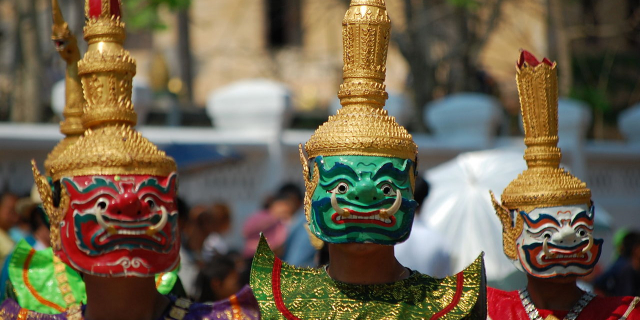

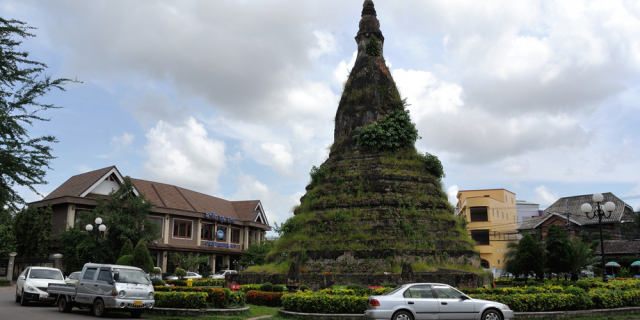
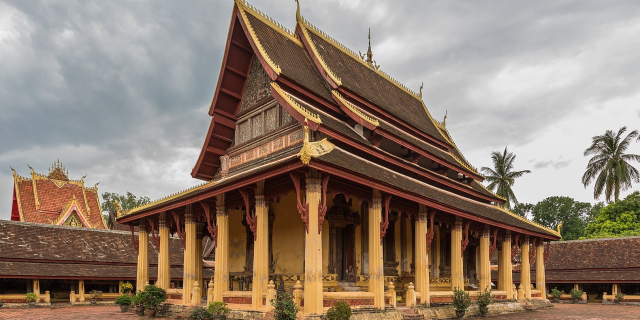









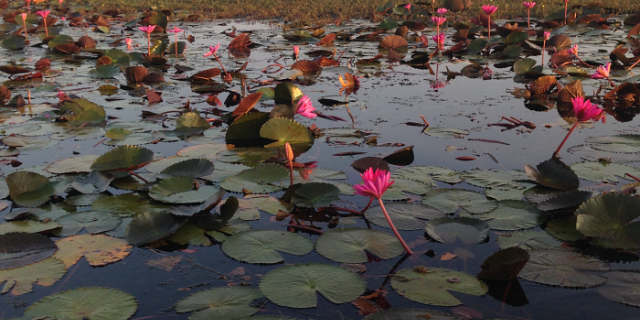


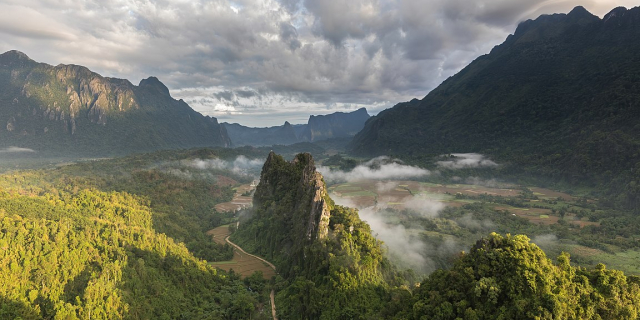


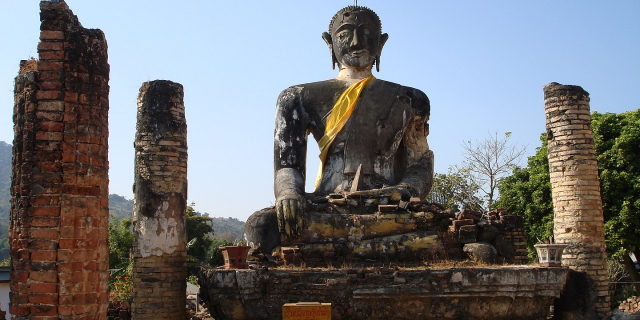


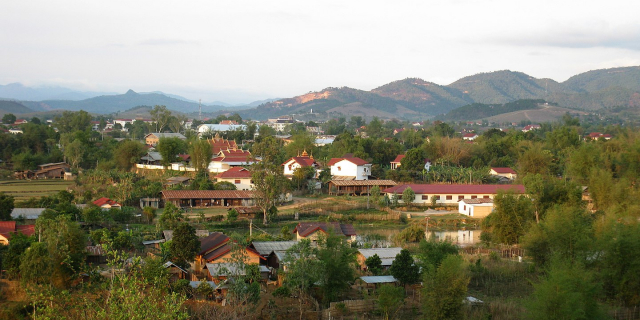

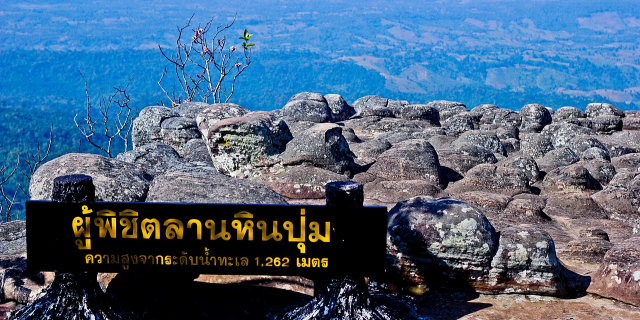

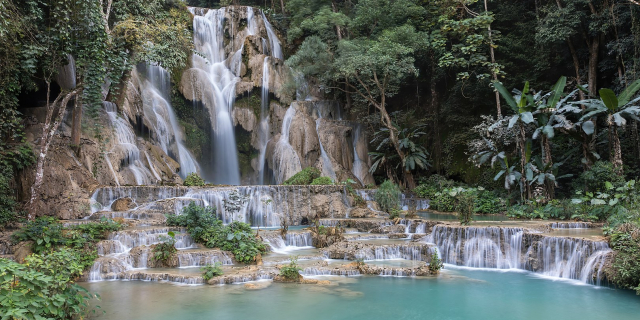

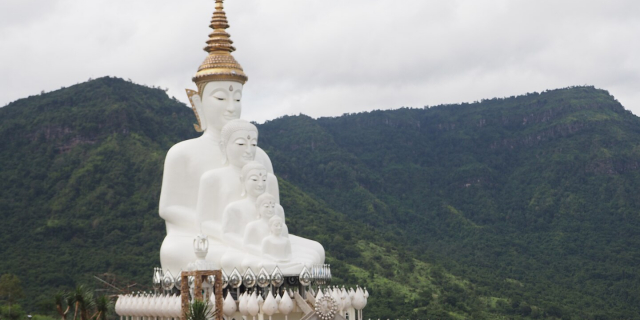
Add new comment